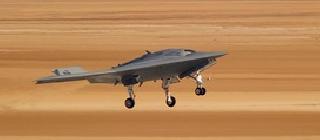
Star NGC 6729 image clicked by ESO’s Very Large Telescope. Photo: ESO
WASHINGTON (BNS): Scientists have studied a very close-up view of the dramatic effects given by the new-born stars and the gas and dust from which they formed.
The image clicked by ESO’s Very Large Telescope, shows the material ejected by the stars and the way it is colliding with the surrounding gas and dust clouds and creating a surreal landscape of glowing arcs, blobs and streaks.
According to ESO, the star-forming region NGC 6729 is part of one of the closest stellar nurseries to the Earth and hence one of the best studied.
In the new image, stars form deep within molecular clouds and the earliest stages of their development cannot be seen in visible-light telescopes because of obscuration by dust.
High-speed jets of material that travel away from the baby stars at velocities as high as one million kilometres per hour are slamming into the surrounding gas and creating shock waves. These shocks cause the gas to shine and create the strangely coloured glowing arcs and blobs known as Herbig–Haro objects.
Images were taken through two different filters that isolate the light coming from glowing hydrogen and glowing ionised sulphur.
The different colours in different parts of this violent star formation region reflect different conditions.
 Previous Article
Previous Article Next Article
Next Article













The Indian Air Force, in its flight trials evaluation report submitted before the Defence Ministry l..
view articleAn insight into the Medium Multi-Role Combat Aircraft competition...
view articleSky enthusiasts can now spot the International Space Station (ISS) commanded by Indian-American astr..
view article